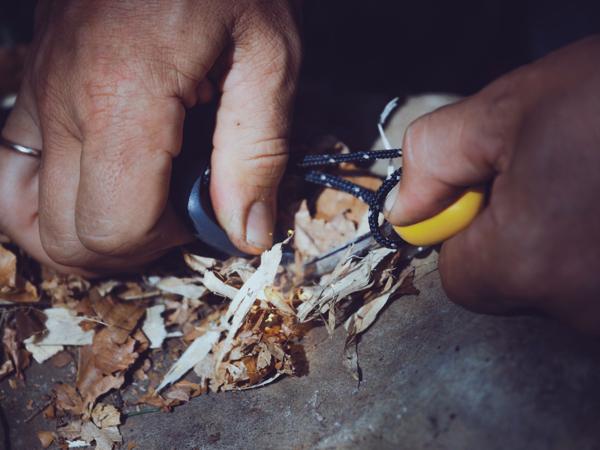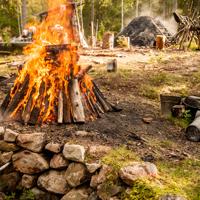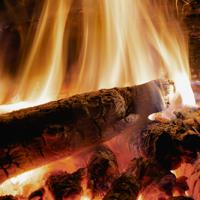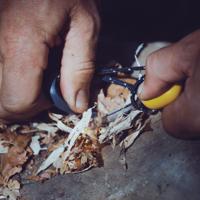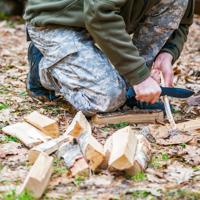Fire is one of the most crucial elements in survival scenarios. It provides warmth, cooks food, purifies water, and can even serve as a signal for rescue. However, starting a fire can sometimes be challenging, especially in adverse conditions. Let’s explore a variety of fire-starting methods to suit different environments and situations.
1. Matches and Lighters
Matches
Matches are a classic tool for starting a fire. They’re lightweight and easy to carry. Waterproof matches, specifically, are an excellent option for outdoor adventures. However, they can be susceptible to moisture and can run out quickly.
Lighters
Lighters provide a convenient source of flame with a flick of a switch. They are reusable for a significant number of lights, but they can fail in windy or cold conditions. A windproof lighter might be a worthy investment for those who frequent harsh environments.
2. Ferrocerium Rod
A ferrocerium rod, commonly known as a ferro rod, is a great tool for fire-starting. It’s durable, works in wet conditions, and can generate sparks as hot as 3,000°C (5,400°F). To use it, simply scrape the rod with a sharp edge, directing the sparks onto a pile of tinder.
3. Flint and Steel
An ancient method that remains effective, flint and steel requires striking a piece of steel against a hard stone like flint to create a spark. This method takes a bit of practice to master but works well with dry tinder.
4. Fire Plough
The fire plough is a primitive technique that uses friction to generate heat. It involves rubbing a stick (plough) back and forth through a groove in a wood base. The resultant heat can ignite loose fibers or dust. It’s a more labor-intensive method, but rewarding when done right.
5. Bow Drill
The bow drill is another friction-based technique. It requires a bow, spindle, and fire board. By rotating the spindle through the bow, one can generate enough heat to create an ember. This method needs some skill and practice but is effective with the right materials.
6. Fire Piston
A fire piston uses the principle of rapid compression to ignite tinder. When the piston is quickly forced into a cylinder, the air inside compresses and heats up, igniting a small piece of tinder placed inside. Fire pistons are less common but can be an interesting tool with a dash of science.
7. Solar Fire Starters
Magnifying Lens
On sunny days, a magnifying lens can focus sunlight to create a fire. A curved lens or even eyeglasses can work. It’s an eco-friendly option, but entirely weather-dependent.
Parabolic Mirror
Similarly, a parabolic mirror focuses sunlight to a point. These can be crafted from polished metal or even certain satellite dishes. Like the magnifying lens, it requires sunlight, but it’s a fascinating method.
8. Battery and Steel Wool
This method uses the electrical current from a battery to heat and ignite steel wool. By touching fine steel wool to both ends of a 9-volt battery, the electrical circuit causes the steel fibers to light up, which can then ignite tinder. It’s a handy technique if you have these items available.
Conclusion
Fire-starting is both a science and an art. Understanding multiple methods can prepare you for various situations, whether you’re nestled safely in a dry campsite or battling the elements in the wilderness. Practicing these techniques during calm conditions is vital, allowing you to rely on them when stakes are higher.
While we’ve explored several ways to start a fire, it’s always a personal choice to find one that best aligns with your needs and available resources. Don’t hesitate to experiment and discover what works for you. Fire, though simple in essence, can be the bedrock of survival and comfort in the wild.
References
- Cahill, Tim. Outdoor Survival Skills.
- Harvard Forest. “Primitive Fire Skills”. Harvard University.
- Lundin, Cody. When All Hell Breaks Loose: Stuff You Need to Survive When Disaster Strikes.
